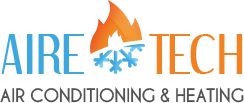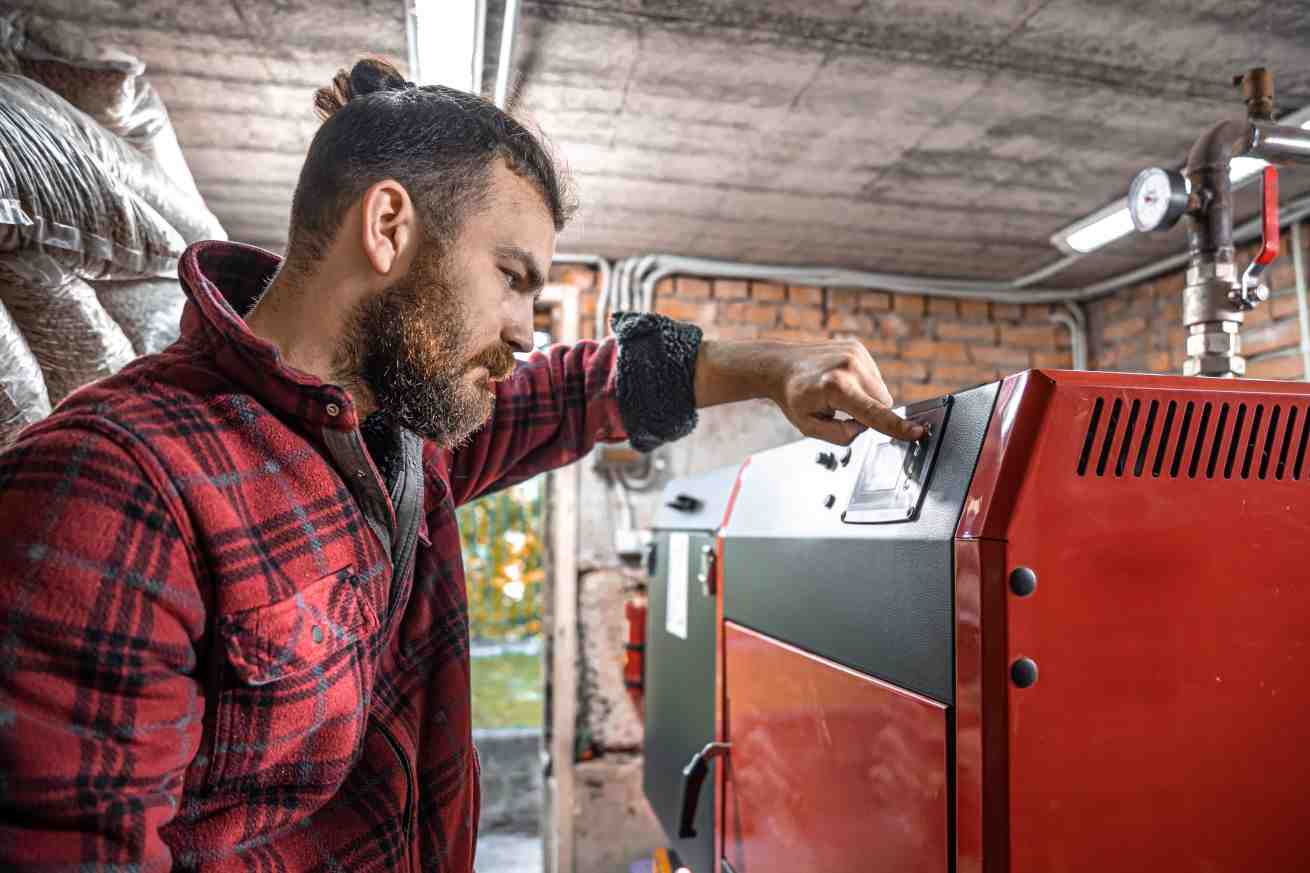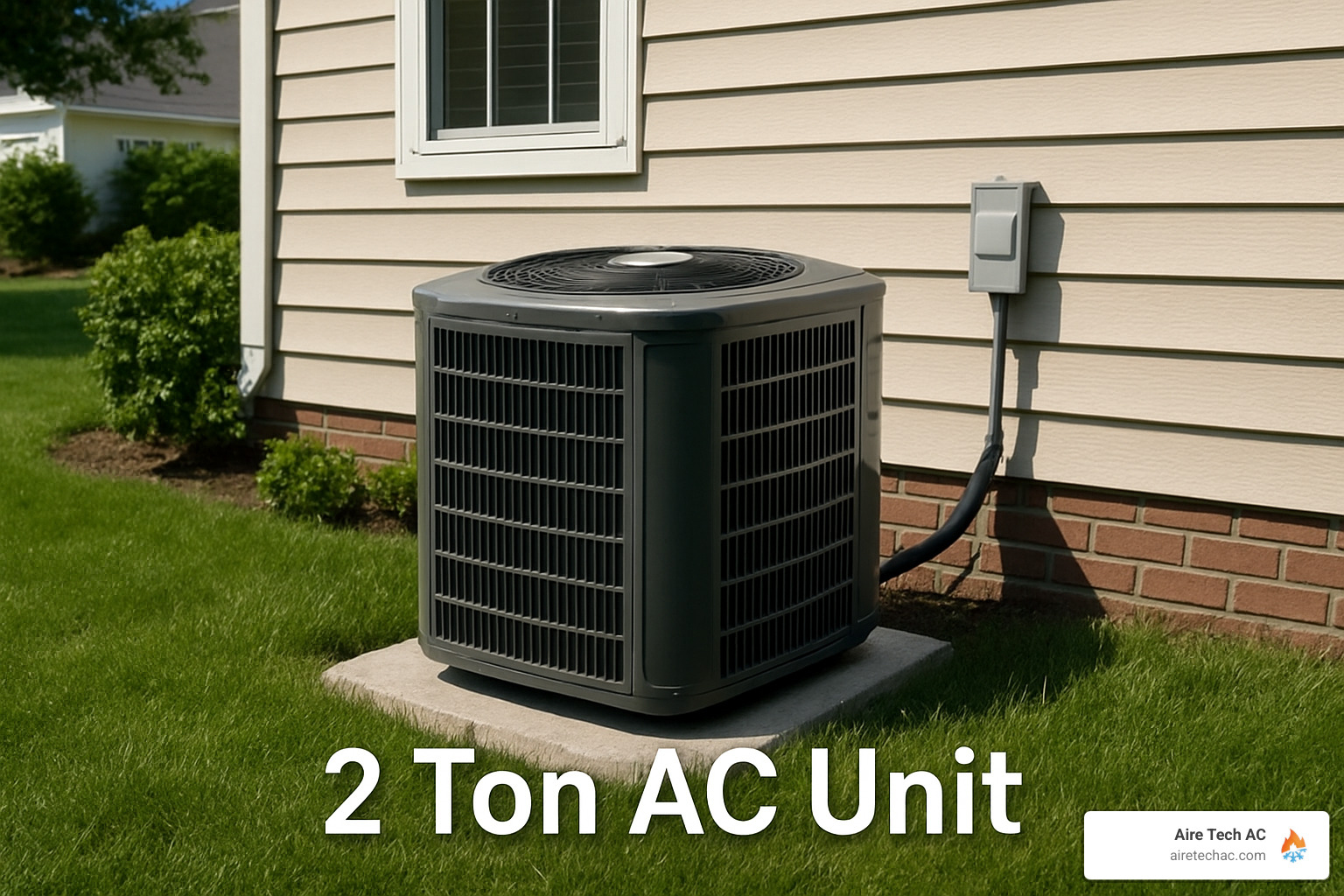When it comes to Types of Heating Systems, the key is to find the one that best fits your home’s needs and your budget. Before diving into the options, let’s quickly break down the top choices:
- Furnace: Uses natural gas, propane, oil, or electricity. Ideal for combined heating and cooling, but watch out for safety risks like carbon monoxide.
- Boiler: Circulates steam or water through radiators. Known for comfort without drying the air, but it can’t handle air conditioning.
- Heat Pump: Extracts heat from the air. Great for no-duct flexibility, but not ideal in freezing climates.
- In-Floor Radiant: Offers even, cozy heat through floors. Energy-efficient but tricky to repair.
- Electric Resistance: Portable and useful for smaller areas. An excellent backup but costly as a primary heat source.
In HVAC systems, understanding your heating options is crucial to ensure a cozy home during the colder months. Each system comes with unique pros and cons, from the affordability of natural gas-powered systems to the eco-friendliness of geothermal options. Energy efficiency plays a critical role here, as heating can account for nearly 30% of your utility bill without the right systems in place.
Types of Heating Systems
Choosing the right type of heating system for your home can save you money and ensure comfort during the cold months. Let’s explore the main options available:
Furnaces
Furnaces are the most common heating systems in homes. They use a blower fan to circulate heated air through ducts. Furnaces can run on natural gas, propane, oil, or electricity.
- Pros: Easily integrates with air conditioning.
- Cons: Gas furnaces can pose risks like carbon monoxide leaks.
Boilers
Boilers heat water or steam and distribute it through radiators or underfloor systems. They’re great for providing consistent heat without drying the air.
- Pros: Offers comfortable, even heat.
- Cons: Cannot be combined with air conditioning.
Heat Pumps
Heat pumps are versatile, using a system similar to air conditioners to extract heat from the air. They are especially popular in milder climates.
- Pros: No ductwork needed; great for room-by-room temperature control.
- Cons: Less effective in extremely cold climates.
In-Floor Radiant Heating
Radiant systems warm your home by circulating hot water or electricity through tubes beneath the floor. They provide even heat distribution and are energy-efficient.
- Pros: Silent operation and consistent warmth.
- Cons: Repairs can be invasive and costly.
Electric Resistance Heaters
These are often used as supplementary heating solutions. They are portable and effective for small spaces.
- Pros: Easy to install and use.
- Cons: High electricity costs make them unsuitable as a primary heat source.
Call Aire Tech Today!
When selecting a heating system, consider your climate, budget, and energy efficiency needs. In California, for example, a combination of a gas furnace and a heat pump can offer optimal efficiency and comfort.
Investing in a higher-efficiency system may have a higher upfront cost but can lead to significant savings over time. Our team at Aire Tech AC is dedicated to helping you choose the best system for your home, ensuring comfort and efficiency all year round. Reach out to us for expert advice and top-notch service.








